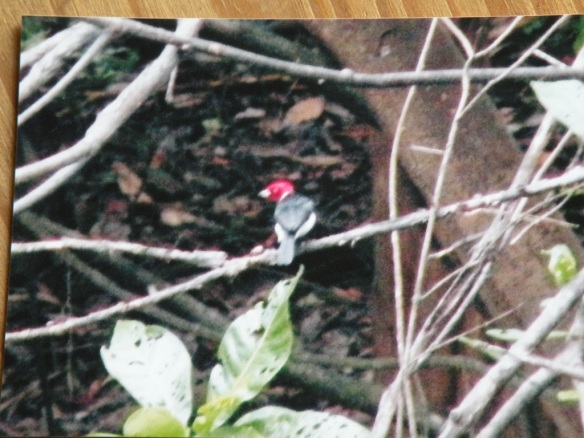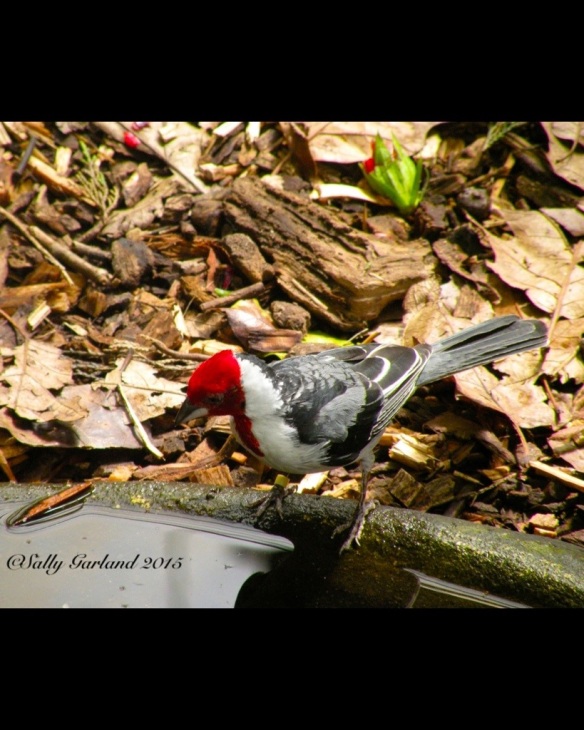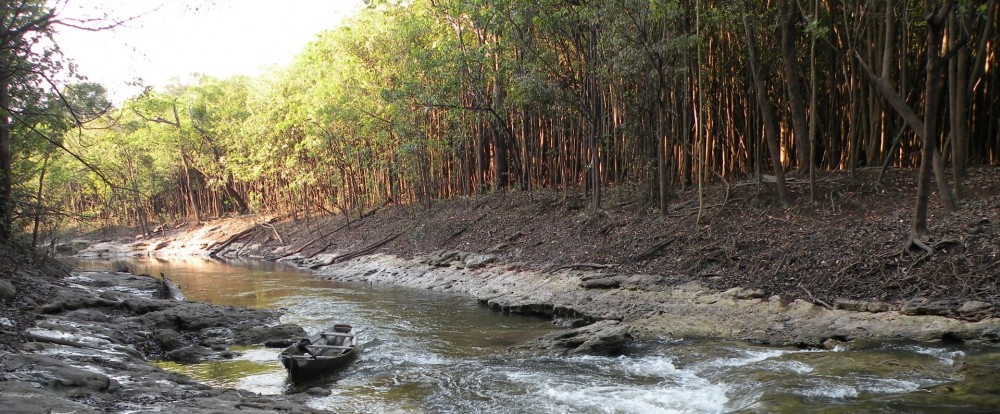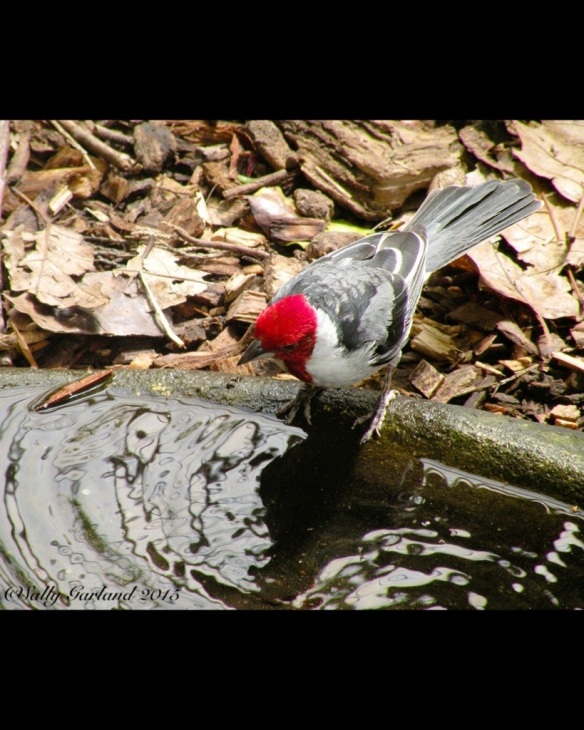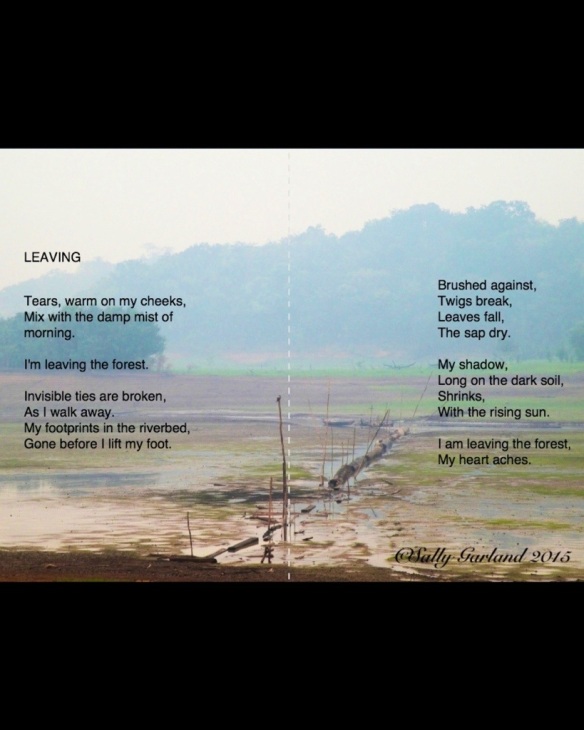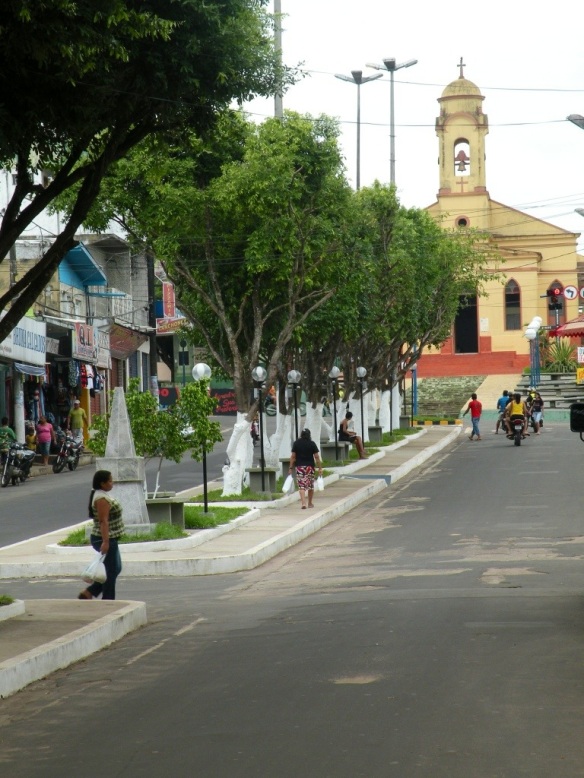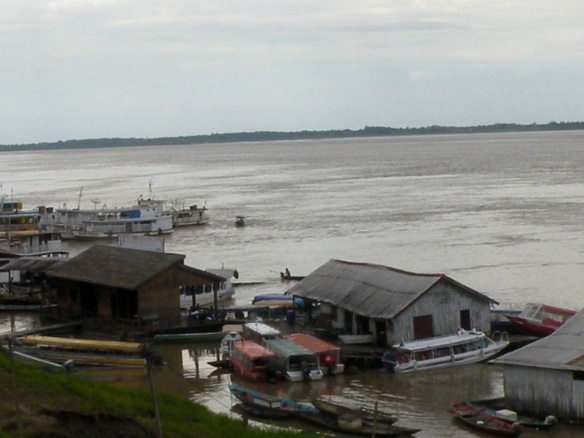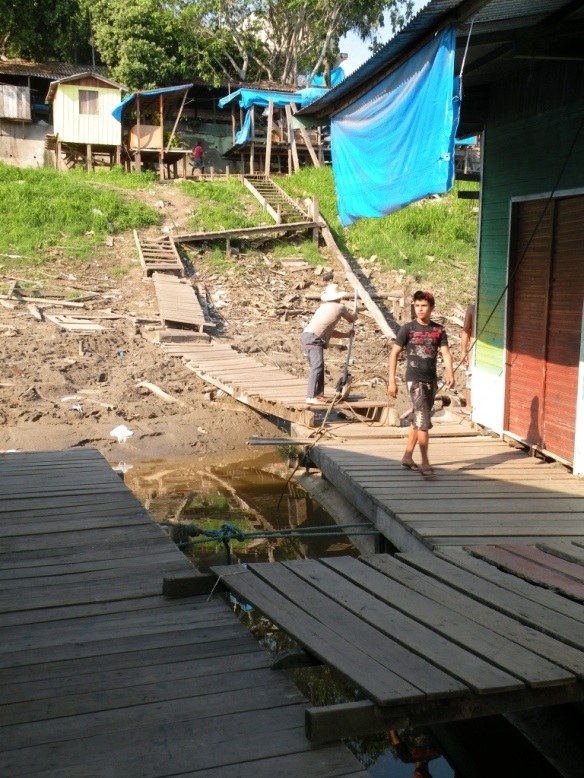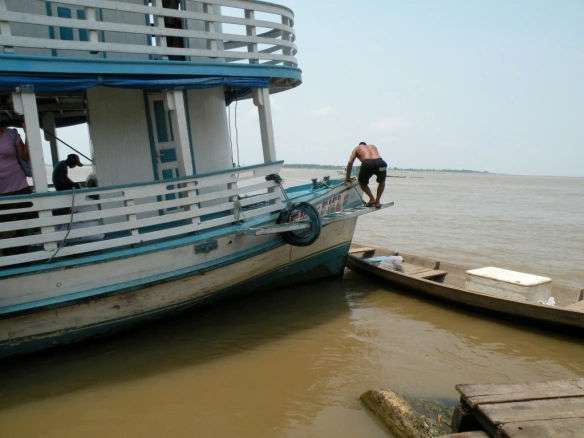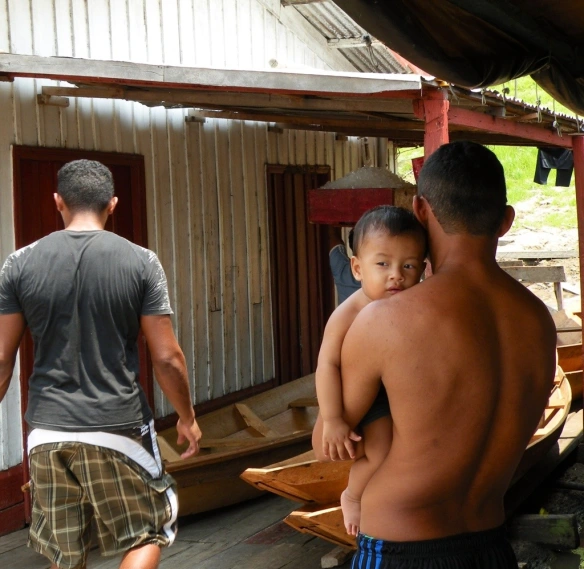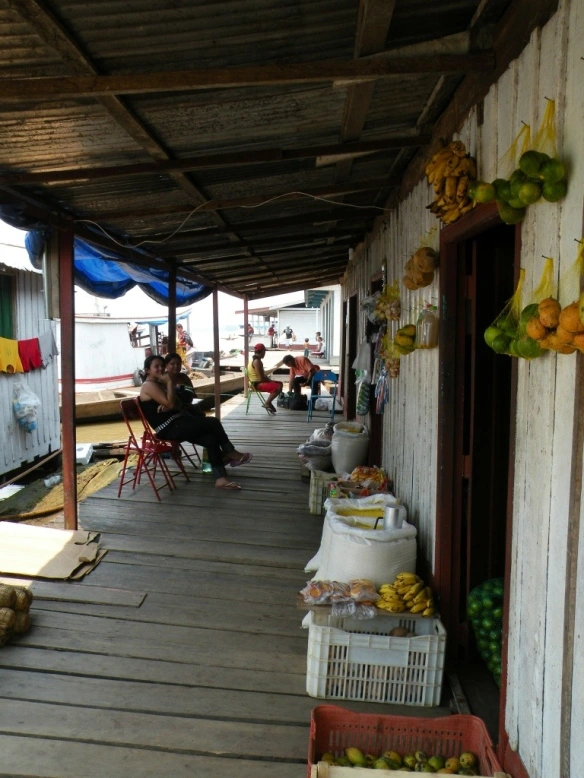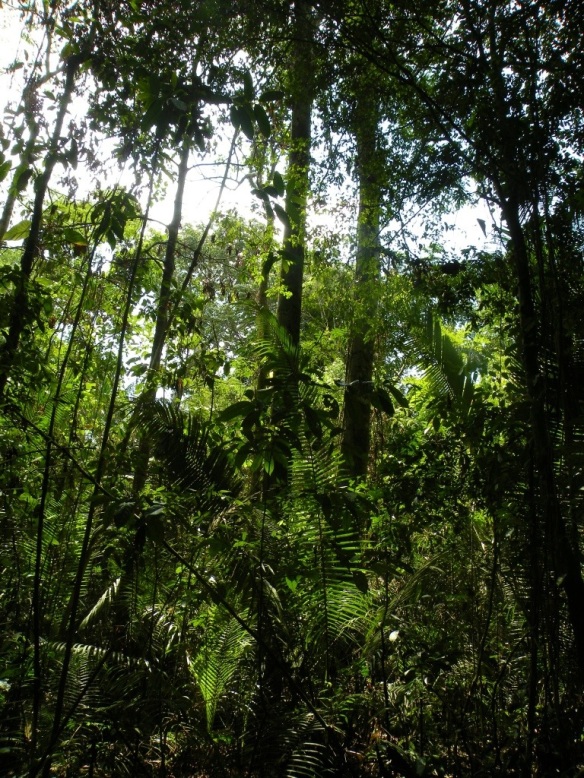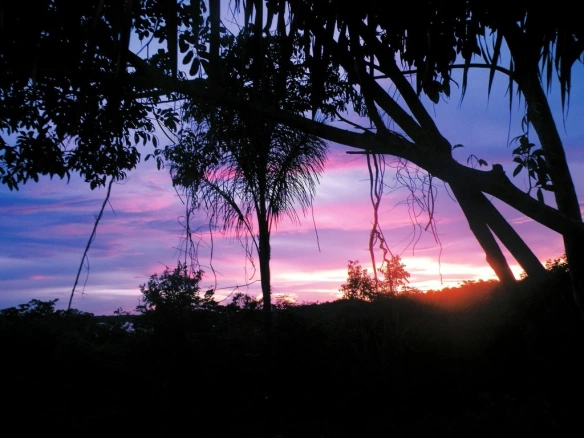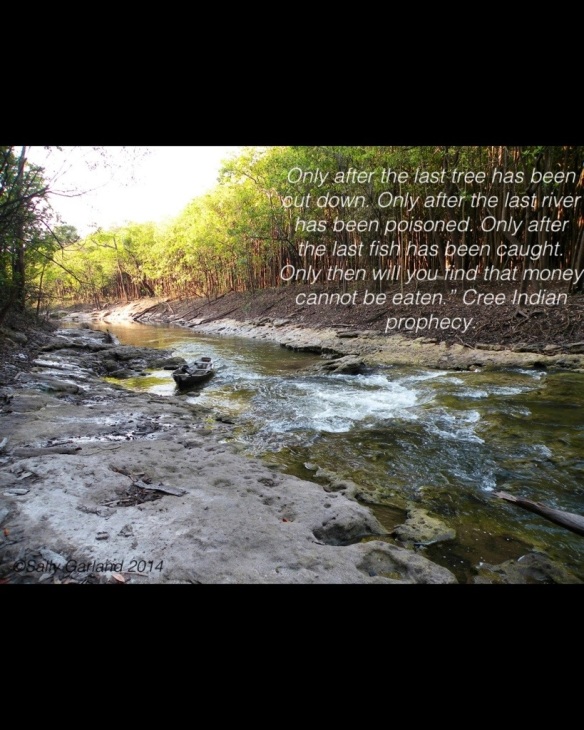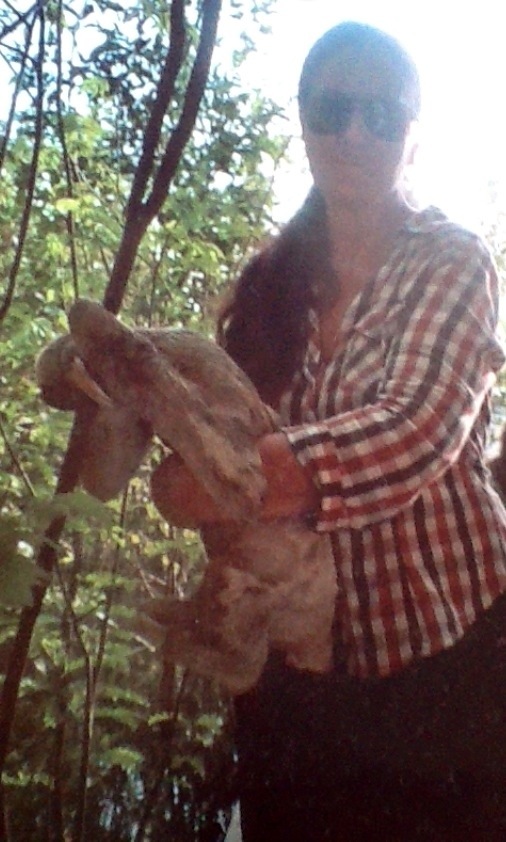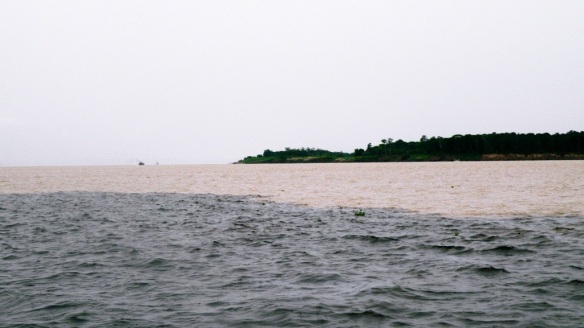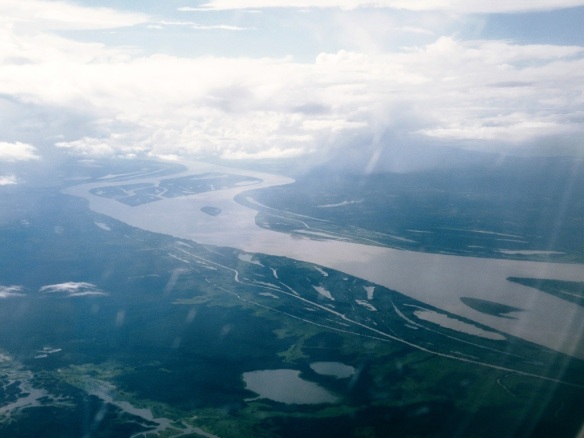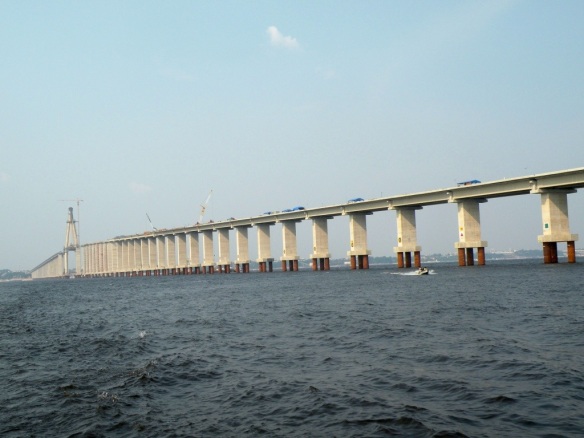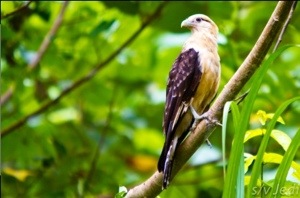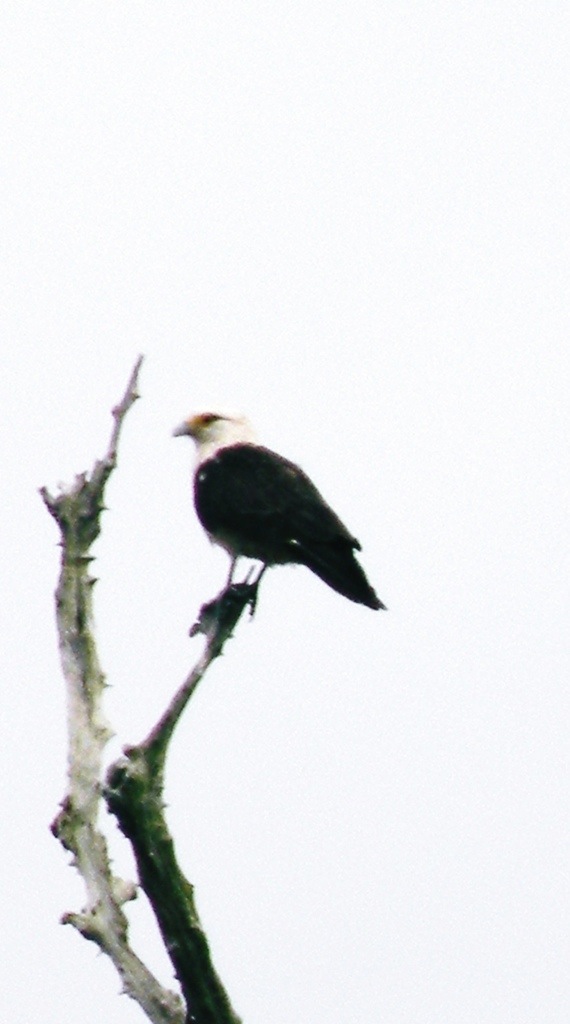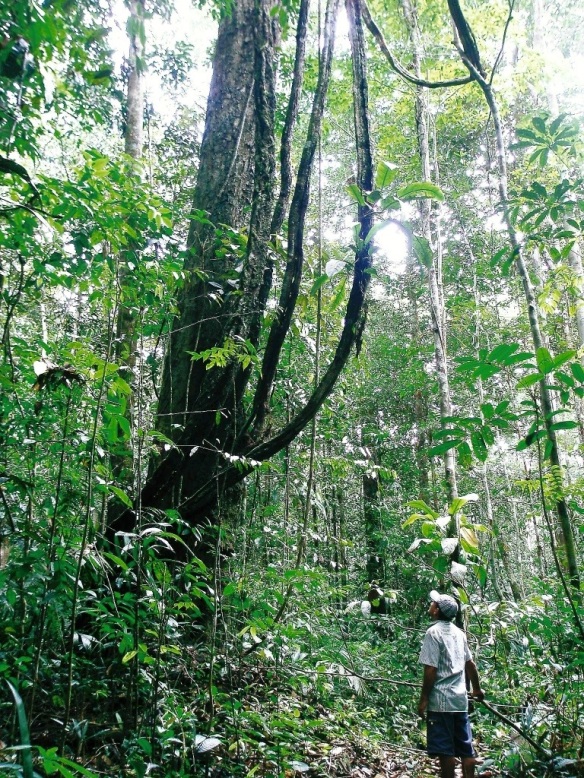Frogs in my Amazon kitchen……steaming casseroles every day.
It would seem logical in the heat of an Amazon Rainforest to eat light meals, salads and cold meats, but my partner and the locals liked hot, steaming casseroles made up of meat, fish and vegetables, every single day.
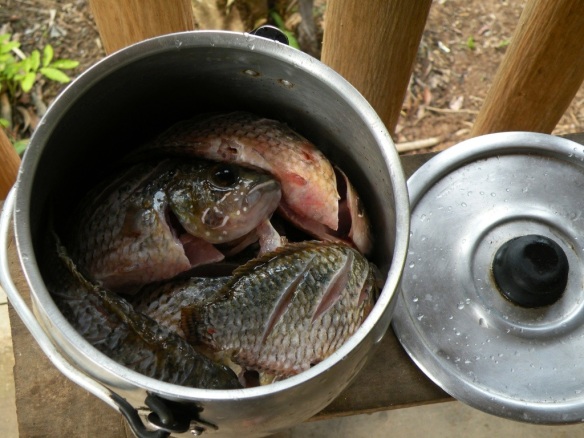
At first I baulked at the idea of being bathed in perspiration to cook a meal, but clean water was not always available so it was a sensible option to heat food by boiling and thereby sterilise the water and kill the bacteria that rapidly formed on food in the rainforest humidity.
At least that’s what I tried to convince myself as I stood outside the kitchen gasping for fresh air and a cool breeze.
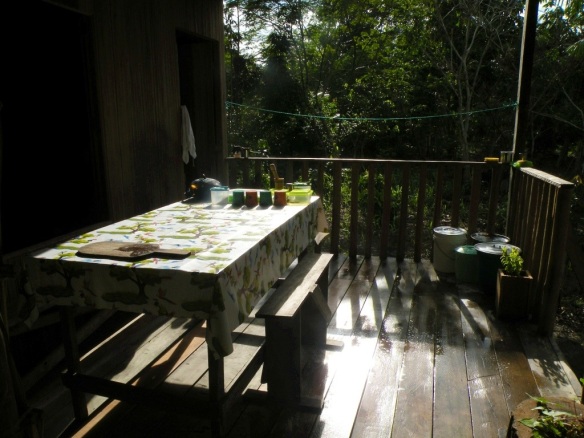
One result of this constant elevated humidity and heat in the kitchen was that on the walls of my kitchen could be found frogs and toads obviously thriving in the conditions that floored me.
These frogs and toads were quite beautiful. Their eyes particularly intrigued me. They shone like jewels surrounded by a golden filigree edge. They clung to the wooden walls by their suckered toes.
These kitchen amphibians came in a variety of colours and sizes. There was the large, dark tan frogs with brown stripes, the medium size frog/toad with a greenish hue and the tiny delicate pink and soft grey frog with brown stripes found in a pair of wellingtons. And there was the tiny brown toad with pointed fingers and poisonous skin…..excuse photo, not a good one I know.


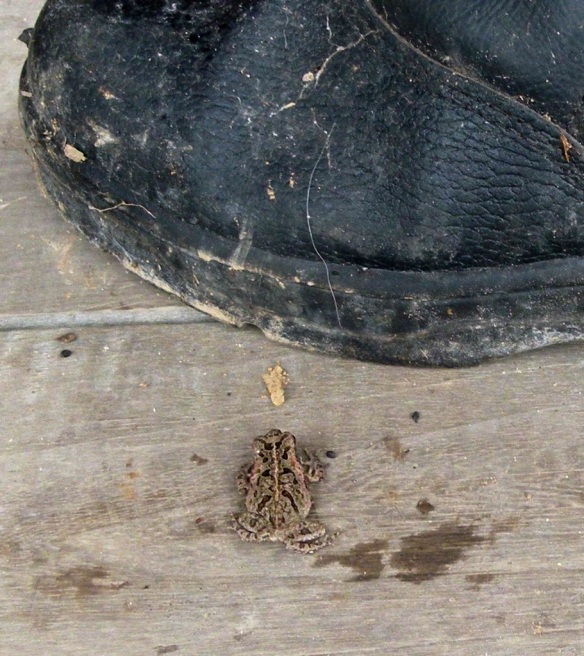

Frogs and toads eat insects ie cockroaches, spiders and small animals, so were welcome visitors to my kitchen where, with the Tarantula who lived in the roof, they kept away unwanted creatures.
Shower and bathrooms are also loved by these creatures. Don’t be surprised if you go to Manaus or surrounding forest lodges to find them clinging to the tiled walls. Best ignored, they rarely jump off to bother bathers.
If anyone knows the names of these amphibians I’d be grateful for the information.
